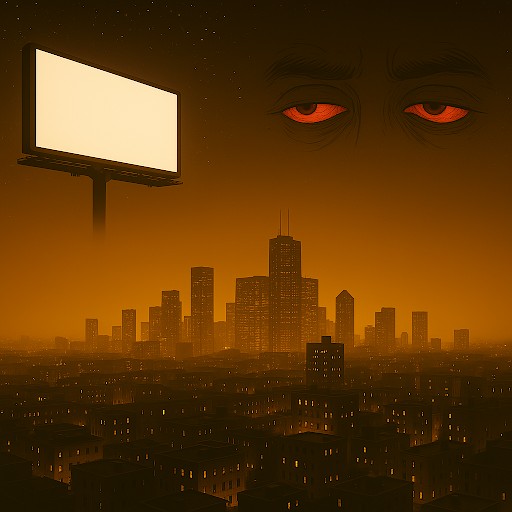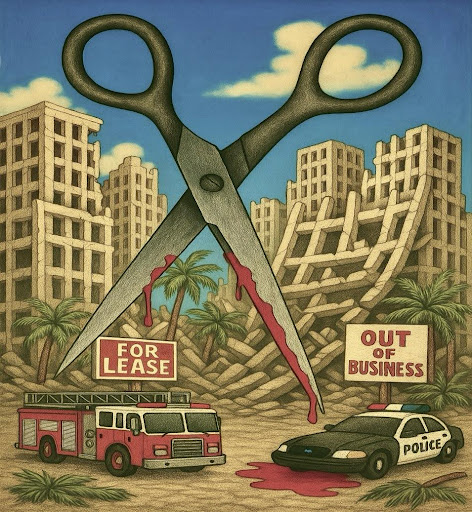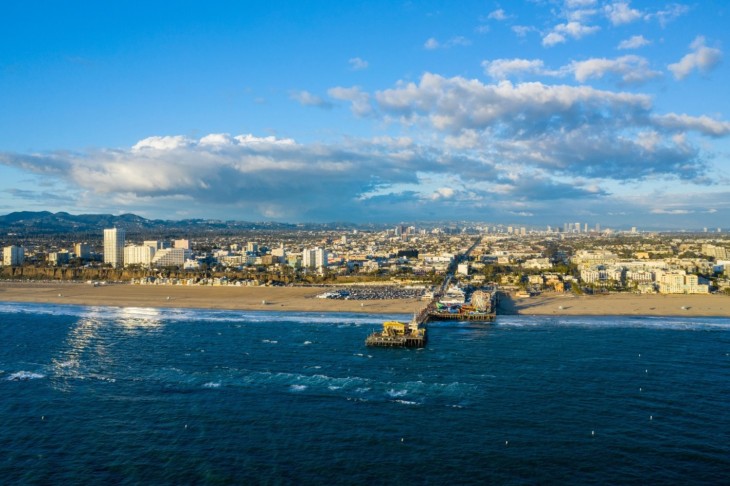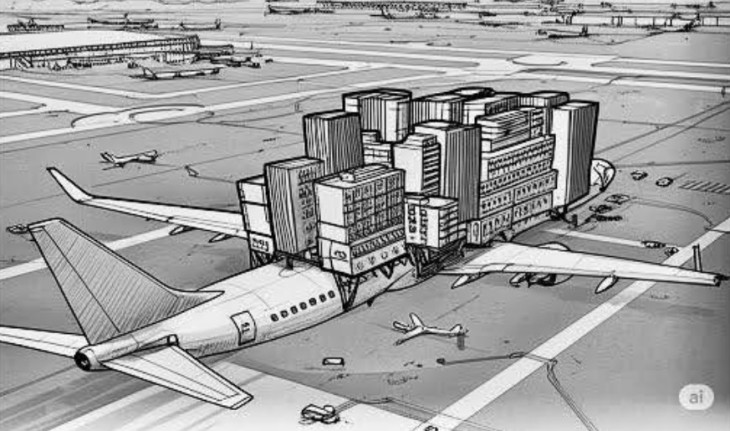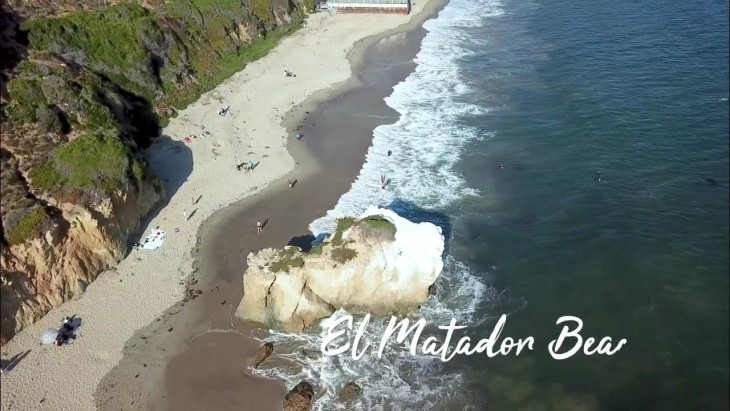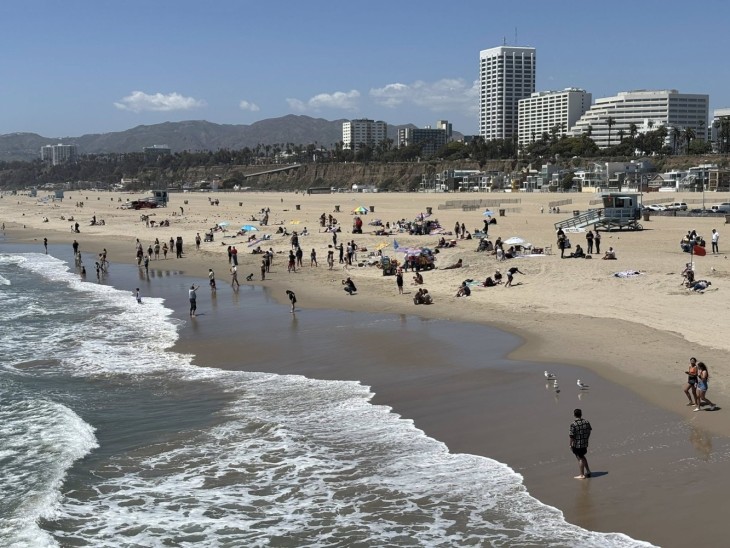Amid the euphoria that erupted in much of California when a group led by former basketball great Earvin “Magic” Johnson and financier Mark Walter spent more than $2 billion to buy the Los Angeles Dodgers baseball team and its stadium last month, one question led to some consternation.
Why should Frank McCourt, the notoriously wasteful outgoing owner, remain associated with the team, holding a 50 percent interest in the 200-plus acres of asphalt parking around Dodger Stadium?
After all, Dodger fans stayed away from games in droves last year to protest the personal use to which McCourt and his ex-wife Jamie put the team and its money. Fans wanted McCourt gone, even if that let him make off with hundreds of millions of dollars in profits after selling the ballclub.
The answer may have a lot to do with a loophole in Proposition 13, the landmark property tax limitation law passed as a 1978 initiative. That law sets the tax on any property, commercial or residential, at 1 percent of the latest sales price and allows for tax increases of no more than 2 percent per year.
So Dodger Stadium, which changes hands in the franchise purchase, will likely be reassessed. The precise amount of the sale attributable to the ballpark – its new assessed value – probably won’t be known until after a bankruptcy judge puts the final stamp of approval on this deal, the biggest-money purchase in the worldwide history of sports.
But any attempt to avoid reassessing the stadium (the tax will rise further with the value of expected renovations) would be so egregious an act of tax avoidance that it would quickly blast away all goodwill brought to the team by the entrance of Johnson and the impending departure of the hyper-unpopular McCourt.
The parking lots have a far lower profile. All through the negotiation, McCourt kept insisting he would keep control of them even while selling the team and ballpark. But the deal as publicly reported saw the Johnson/Walter team pay McCourt $150 million for half-ownership of the striped pavement. The new owners will control parking prices and policy and pocket all the proceeds. That essentially means the new people will be the actual owners. And yet, McCourt remains a de jure half-owner.
This saves money for everyone involved because of an aspect of Proposition 13 that passed months after the original proposition. It’s part of the regulations and definitions adopted by legislators in 1979. Essentially, property won’t be reassessed unless there’s a new owner with more than a 50 percent interest.
Here, the new owners stopped just shy of that. It will cost the state unless Los Angeles County Assessor John Noguez challenges the legitimacy of the arrangement. If the lots are worth $300 million today (double what Johnson/Walter paid for a one-half interest), the new property tax on them would be $3 million per year if reassessed.
That would be about 4.5 times the current tax on the lots. So keeping McCourt around but inactive saves the new owners more than $2 million per year. That’s money not going to schools, parks, in-home care for invalid senior citizens and many other programs.
Opponents of fixing this loophole call any change in this regulation a “job-killer.” But how many jobs would it cost if the many-times-multi-millionaire Johnson and his billionaire partner paid the tax clearly intended under Proposition 13? The Dodgers would employ not one less parking payment clerk nor any fewer lot cleanup workers. Not if they want to provide the level of “fan experience” the new owners loudly promise.
When former state Sen. Martha Escutia, an East Los Angeles Democrat, first proposed closing the post-Proposition 13 loophole, the state’s nonpartisan legislative analyst estimated the change could produce between $3 billion and $8 billion in new revenues. That’s about as much as the projected take from the tax increase initiative now being pushed by Gov. Jerry Brown.
No one is actively trying to make this change today, even though it’s not an actual tax increase, but would legally amount to no more than an updating of regulations. That could be done by a simple majority of the Legislature, controlled by Democrats.
If anything should put the need for changing the 1979 regulations in bas relief, it should be the scene in the Dodgers’ parking lot. And if there’s no move to make the fix, focus the blame on the Democrats who have almost absolute control of Sacramento and can do it anytime they like.




